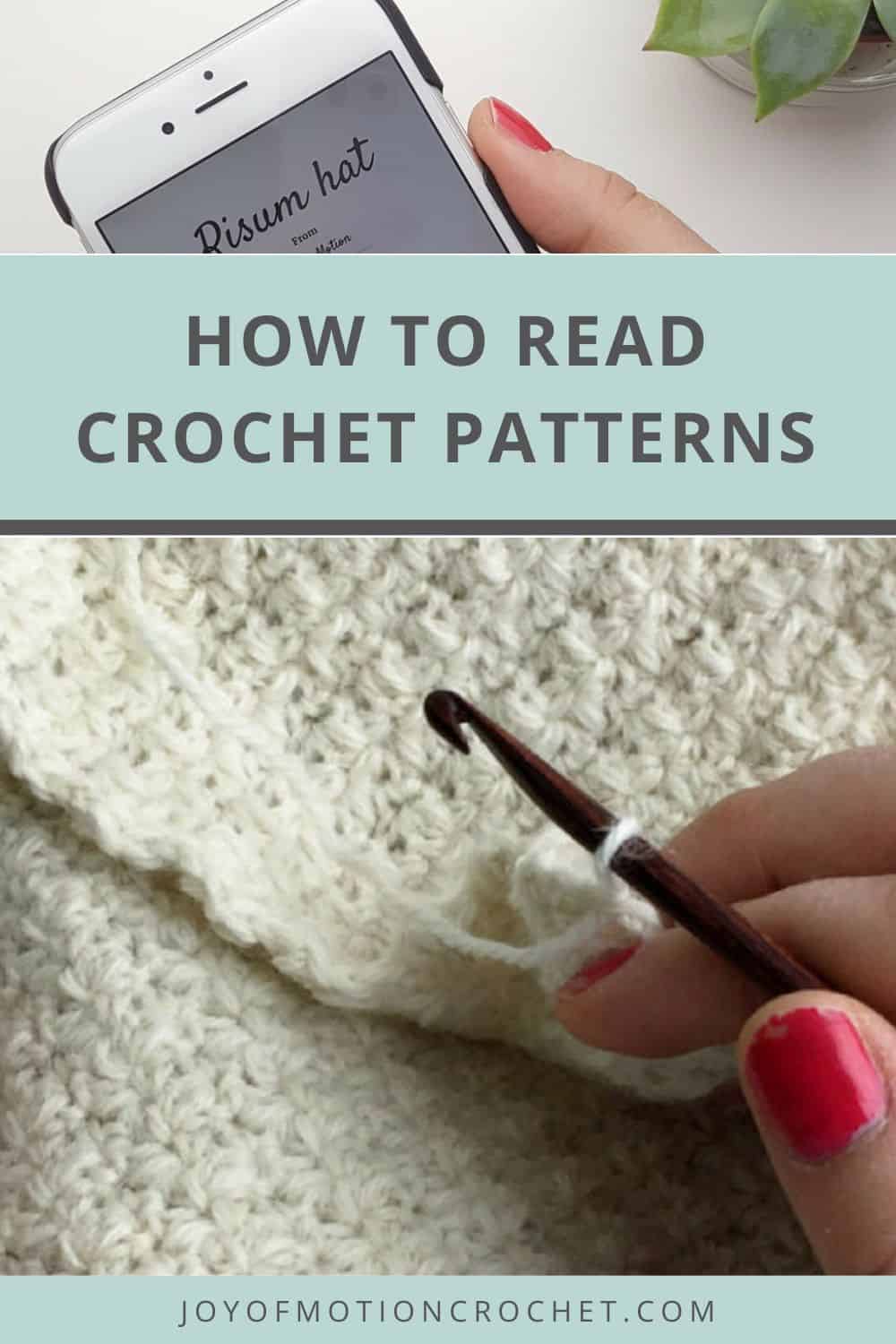Learning how to read a crochet pattern can be really overwhelming and confusing in the beginning.
While you might have finished a couple of projects you still probably wonder what some of the details in crochet patterns really means.
The more detailed a crochet pattern is, the better. This will give you the best results and makes it easier to achieve the best result when following the crochet patterns.
So there’s no time better than now to start learning to read crochet patterns. Dive in and learn all the sections of a crochet pattern and what they mean.
This blog post will give all the knowledge you will need to finally learn how to read a crochet pattern.

1. Skill Level or Difficulty Level
Skill level or project level is often listed in the beginning of a crochet pattern. This will give you a indication of how difficult the crochet pattern is.
You can decide if a crochet pattern will match your crochet experience with this information.
One tip is to use the Craft Yarn Councils standards when it comes to deciding skill levels on my projects.
- Beginner: Projects using basic stitches. May include basic increases and decreases.
- Easy: Projects may include simple stitch patterns, shaping, and/or color work.
- Intermediate: Projects may include involved stitch patterns, shaping, and/or color work.
- Advanced: Projects may include complex stitch patterns, shaping, and or/color work using a variety of techniques and stitches simultaneously.
Save to Pinterest!
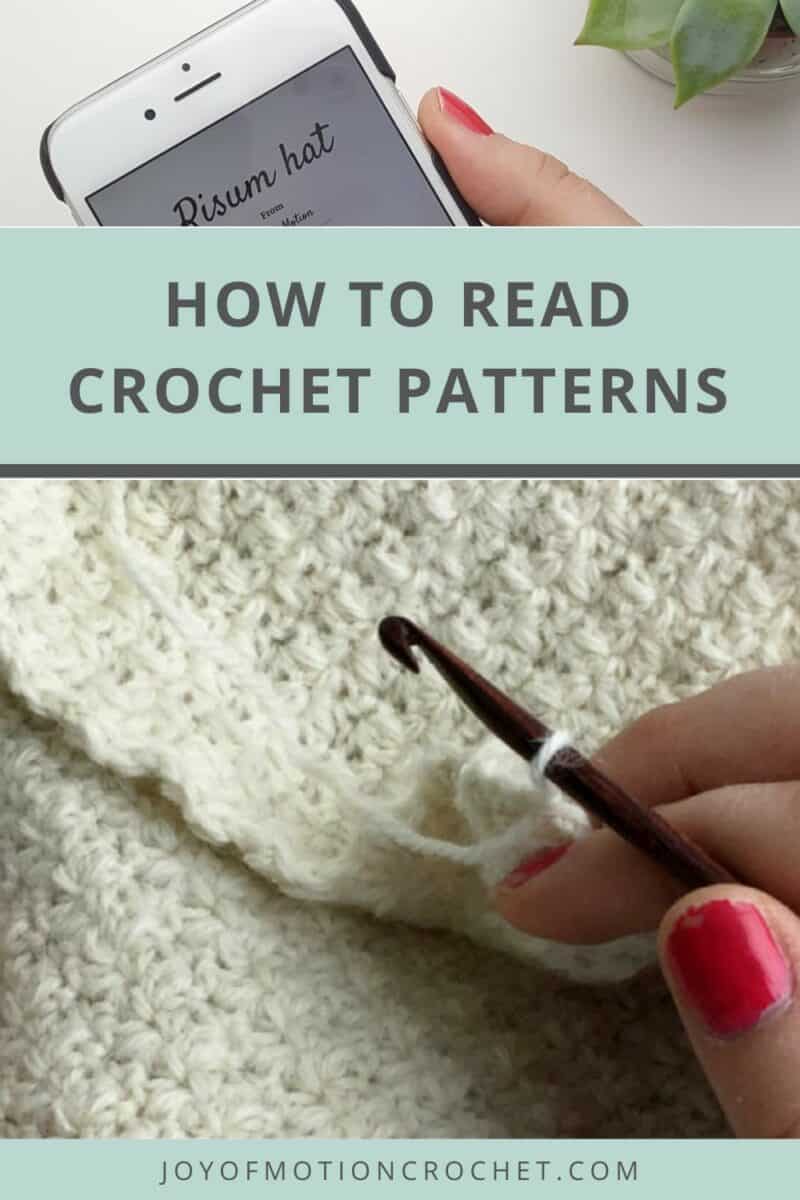
2. Tools & Materials
Under the heading “Tools & Materials” you will find a list of what you will be needing to finish the crochet pattern.
The most important information for a crochet pattern will be what crochet hook size & yarn you will need. Mostly a crochet pattern has a specific yarn & hook suggested, however you can change this up & use your favorite hook & yarn.
Crochet hook
The crochet hook sizes listed in a crochet pattern are important to have to achieve the correct gauge (described further down).
This is especially true when you are crocheting something to size, like crochet garments, crochet hats, and even crocheting pillow covers.
In general, use the crochet hook size suggested in the crochet pattern unless you test gauge (described further down) and the gauge doesn’t match.
Learn more about crochet hook sizes.
Yarn
The yarn information will in most cases include:
- Name of the yarn used for the sample
- How many skeins of yarn you will need (for each size)
- How many grams of yarn you will need
- How many yards &/or meters of yarn you will need
- Yarn weight
Next you can search for the yarn on Google or Ravelry find all information & details about the yarn in case you want to substitute yarn.
Other Materials Needed
Under materials you will also find a list any other materials needed for the crochet pattern.
This can be:
- Needle
- Stitch Markers
- Scissors
- Fabric
- Buttons
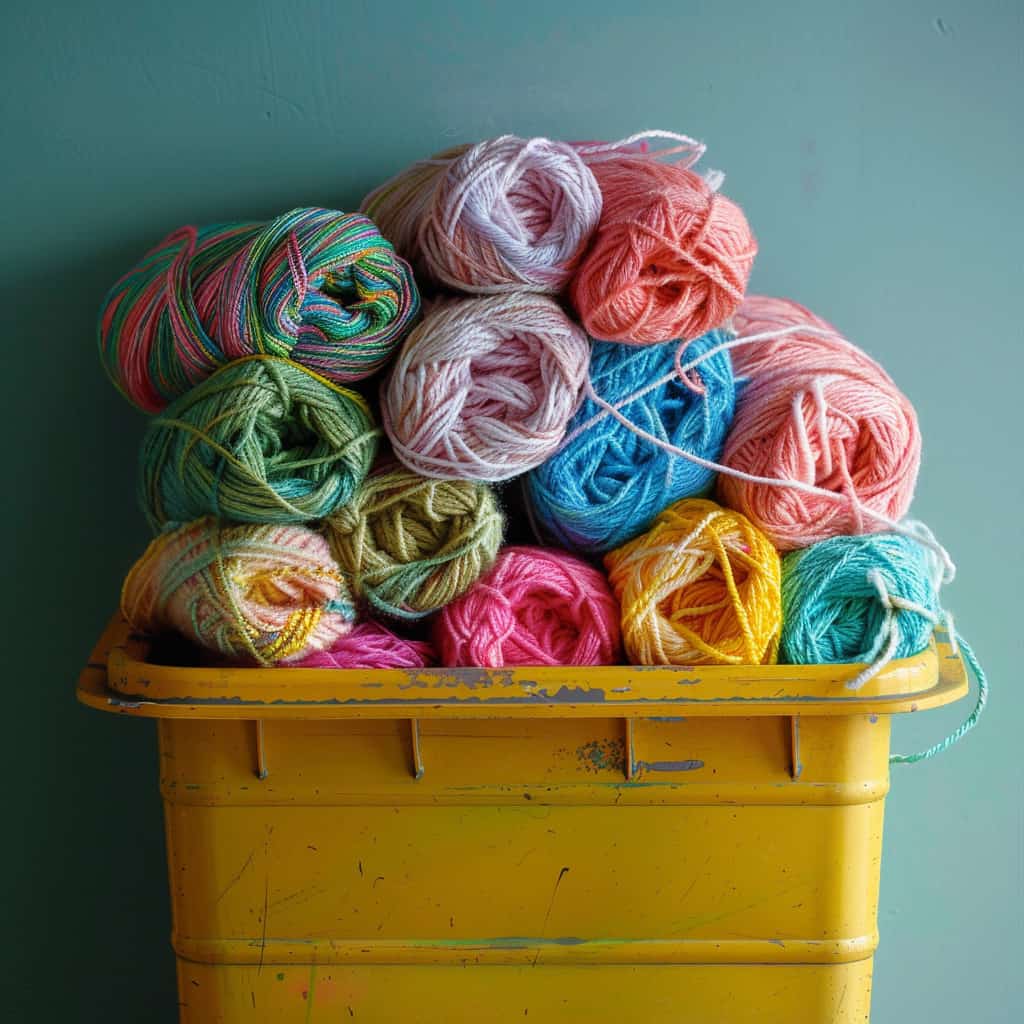
3. Gauge
Gauge is how many stitches and rows/rounds you will fit within a measurement.
This is important to make sure your crochet project gets the correct tension and the result will have the correct size. For my crochet patterns I always strive to make sure that both metric measurements and inches are given for the gauge.
Gauge is often given like this:
?? st x ?? rows per 4 inch
?? st x ?? rows per 10 cm
The “??” is given in specified numbers. This means that you should fit the given number of stitches(horizontal) and rows (vertically) within 4 inches or 10 cm.
Gauge Example
Measured on single crochet stitches crocheted in rows:
14 stitches & 18 rows per 10 cm / 4”.
That means if you measure 10 cm / 4” horizontally, you should be able to count 14 stitches. And if you measure 10 cm / 4” vertically, you should be able to count 18 rows.
More Gauge Resources:
4. Size & Measurements
The information you will find in this sections is measurements for the crochet project and a list of the sizes that you will be able to make with the crochet pattern you have.
Examples can be crochet garment sizes from XS to 5XL, crochet hats ranging from baby sizes to adult or even multiple blanket sizes.
You’ll find the measurements given in either inches or cm, or sometimes both
If it is not obvious how you should measure, this will also be explained in a good crochet pattern. This is often shown in the diagram or schematic of the pattern as well.
Crochet patterns with multiple sizes are often given in parentheses like this: S (M) L (XL). This means that the number of stitches needed for each size also will be listed in the same way in the “Instructions”. It will look like this in a pattern: 6 (8) 10 (12).
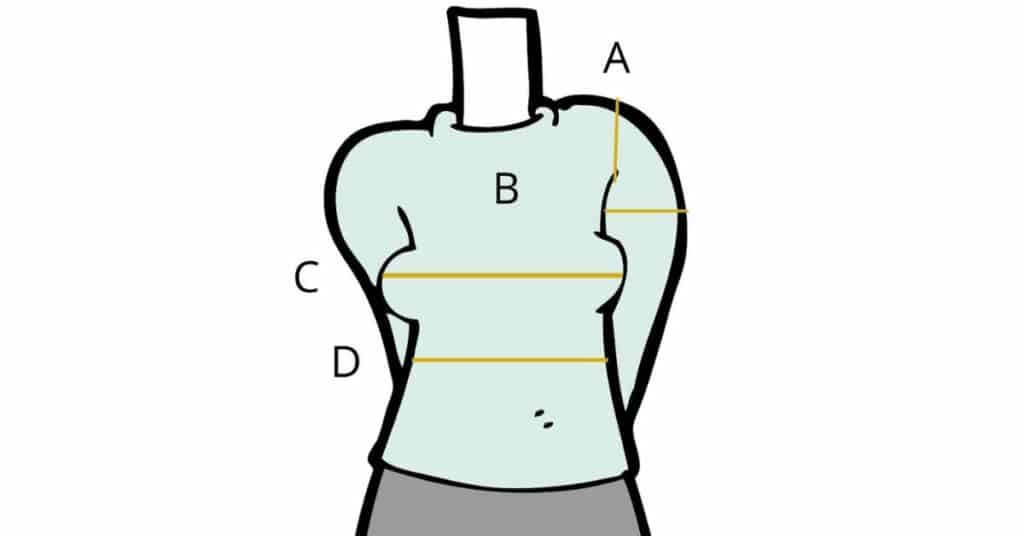
5. Diagrams or Schematics
Diagrams or schematics can be find in good & detailed crochet patterns that contains more than one piece. Especially clothing crochet patterns, like sweaters ect.
This will be a drawing of the shape of each piece and a indication on which sides that will be crocheted or sewn together when finishing the crochet project.
I’ve added a diagram as an example..
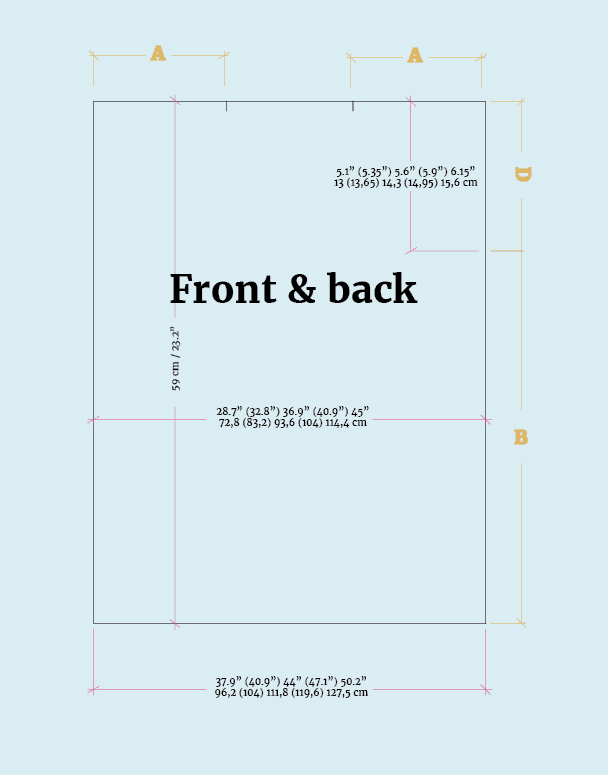
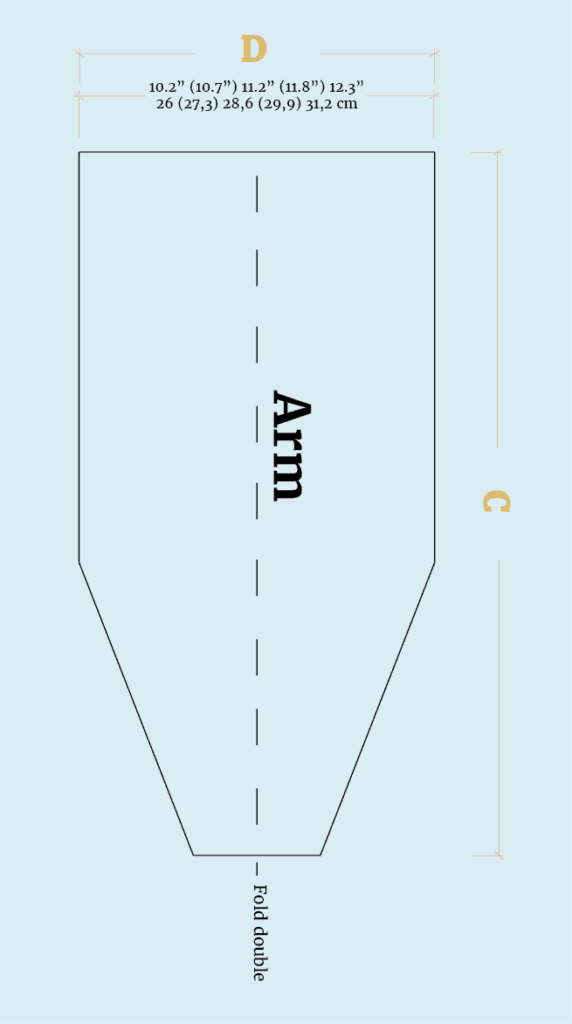
6. Abbreviations
When writing a crochet pattern it is common to write the instructions with crochet abbreviations. This makes the crochet pattern shorter & when you know the abbreviations easier to read.
Crochet patterns that use abbreviations usually include an abbreviations list.
There are a lot of common crochet abbreviations, that you will learn as you use and follow crochet patterns.
Crochet abbreviations will often look like this in a crochet pattern:
- ch – chains (s)
- sc – single crochet
- dc – double crochet
- sl st – slip stitch
- yo – yarn over
7. Special Stitches You Will Need & Stitch Charts
When you read a crochet pattern, this is the part where any special stitches is explained. These stitches will either be explained or linked.
In many of my crochet patterns it will be necessary to learn specific stitch patterns, like the v-stitch, post stitches or even foundation crochet stitches.
Most crochet patterns will for the most take it for granted that you already know “The Basic crochet stitches”. But if you follow a beginner pattern, an explanation should be either linked or given.
What the stitch explanation will include
The crochet stitch explanations may include a written description, a stitch chart &/or video (if online).
The crochet charts will also have a stitch guide/legend, in that way you will know how each stitch look.
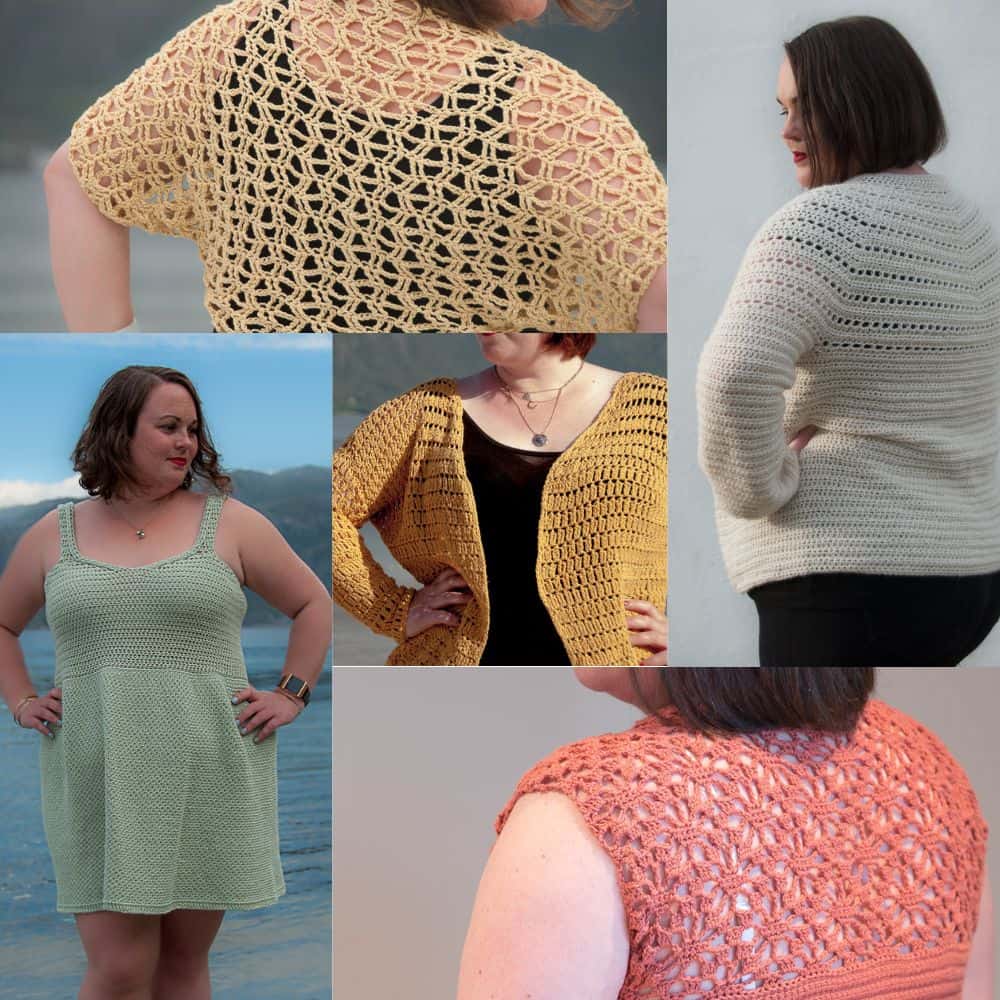
8. Notes
In crochet patterns you will often find the subheading “Notes”. The “Notes” section will contain additional information that isn’t mention before in the crochet pattern. ‘
This is where you will find information that does not fit under any other heading. Mostly this will be small suggestions or ideas for the crochet pattern.
9. Instructions
You have finally reached the MOST important heading. The “Instructions” section will contain the actual “crochet pattern” or recipe. All the details you’ve read before is all leading up to this.
The crochet instructions is for the most given either in rows or rounds, or a combination
This depends on what you are making. Rows will require turning your work when you finish a row.
When you crochet in rounds you will continue to crochet the same way the whole time, with no turning is necessary (if not given).
In this part you will need to check the crochet abbreviations to be able to read the pattern. You may recognize common ones, but it’s best to check to make sure.
A crochet pattern instruction can be written like this
Ch 10.
Row 1: Sc in third ch from hook, sc across ch row, turn.
Row 2: Ch 1, sc in sc from previous row, turn.
This is given with abbreviations & tells you exactly what to do.
Subheadings in Crochet Instructions
In crochet patterns where you are going to make more than one piece, it will for the most be split up under subheadings that are self explanatory; like sleeves, front, hood etc.
10. Finishing
The finishing headline includes the final steps of the crochet project. This section may me written and sometimes include photos for more complex patterns.
This section may include:
- Weaving in ends
- Blocking your crochet project
- Adding buttons, fringe or pom poms to your project
- Assembling crochet projects that are made in multiple pieces (like with the whip stitch)
After these final steps your crochet project will be ready to use or gift!

11. Care Instructions
Care instructions are important to make sure you will keep your handmade item as long as possible.
To take the best care of your finished crochet project, check the yarn label if it includes any washing instructions. Mostly wool will need handwash or a wool program on the washing-machine. While cotton and acrylic yarns can for the most part handle more.
Stretch your item to give it the shape it needs. It is also best practice to dry your handmade items flat, to avoid misshaping due to the weight while drying.
Next Steps In Learning To Read Crochet Patterns
- Find a crochet pattern & try working through it.
- Refer back to this blog post if you are stuck.
Good luck & I hope you will enjoy reading lots of crochet patterns in the fursture!


